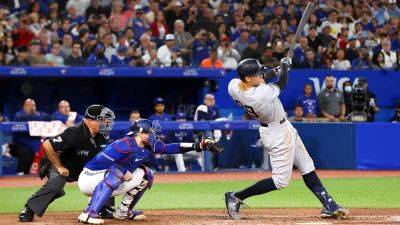What every fan of Mexican sports should know - ESPN
Mexico's ultimately successful move toward independence from Spain in the early part of the 19th century is tied to the beginnings of the country's sports history. However, many of the disciplines that survive to this day didn't take shape until much later in the century, under the presidency of Porfirio Diaz.
During that period, the Mexican government introduced baseball, cricket, golf, tennis, Basque pelota and cycling. These disciplines offered not only the promise of physical activity and entertainment to Mexican society, but they also attracted migrants eager for an opportunity to participate.
Saturday is Mexican Independence Day, and over the course of 213 years the country's history has been partially written with the pen of notable sporting accomplishments and shortcomings. Even Olympic Games and World Cups — two gigantic events on a global level — aren't strangers to Mexican soil.
But what else is essential to the stadiums and arenas of Mexico's history? With this question in mind, and with Hispanic Heritage Month underway in the U.S., ESPN presents nine sports-related questions that those who consider themselves fans of Mexican sports — wherever they may be — should know by heart.
Charrería, an equestrian sport much like rodeo that incorporates livestock herding and bull riding. It traces its origins to the states of Hidalgo and Jalisco during the latter part of the 19th century. The festive techniques used to herd livestock are the foundation for the modern version of the sport, in which charros show off a variety of skills on horseback in nine events.
Before the Mexican Revolution of the early 20th century, competitions would commonly take place at haciendas. However, these properties were expropriated








